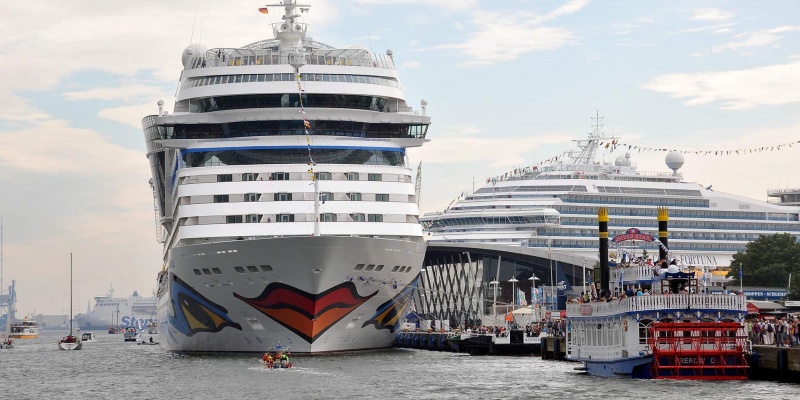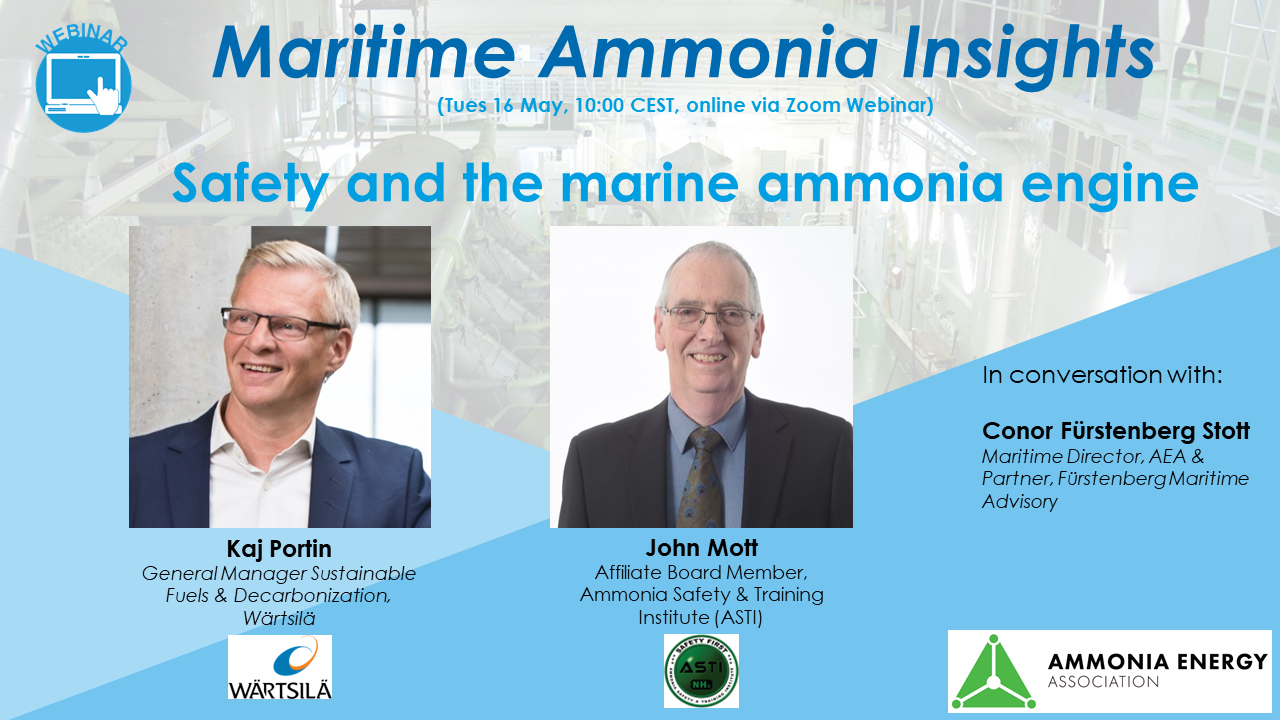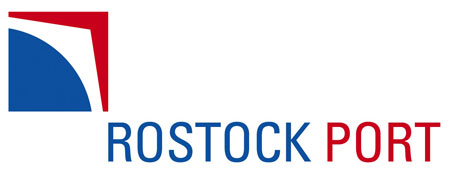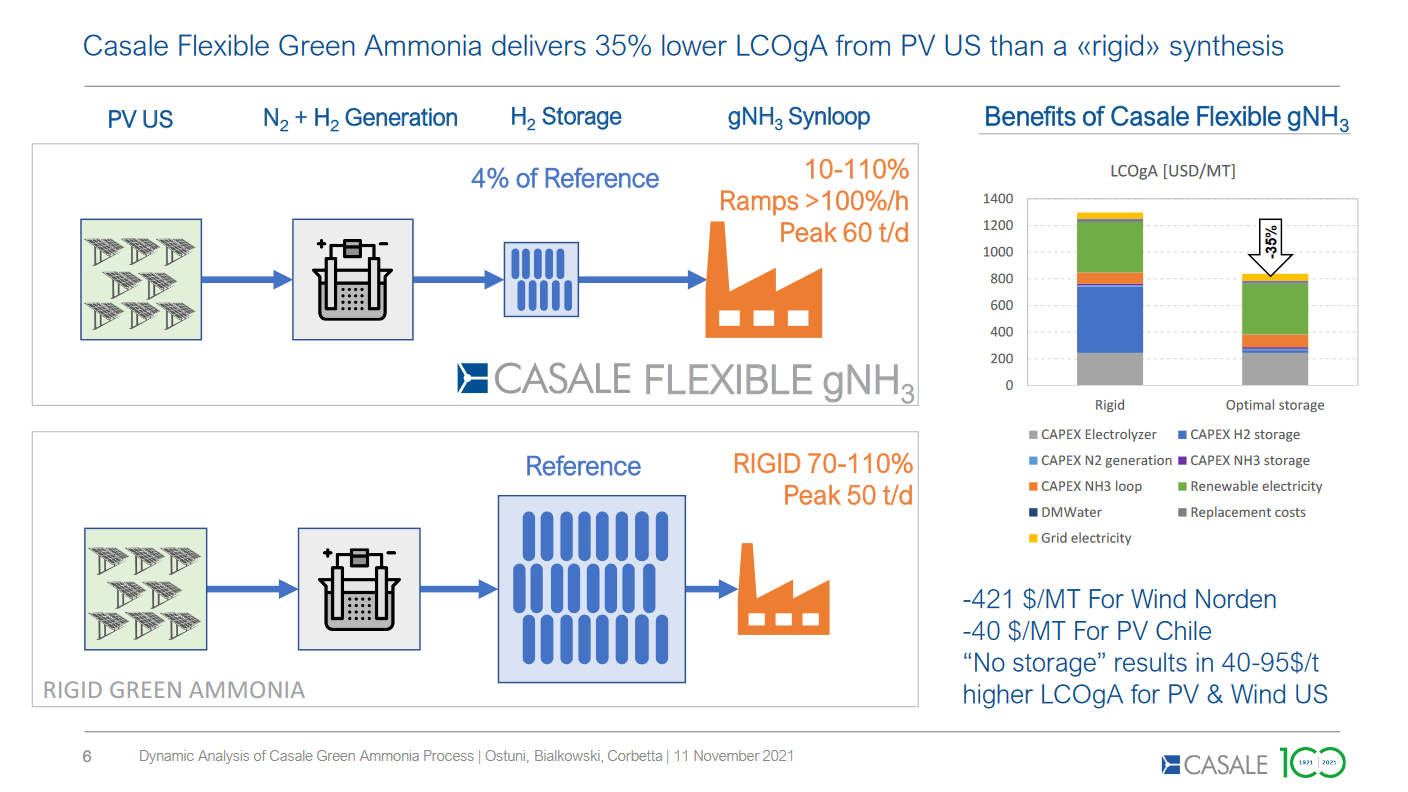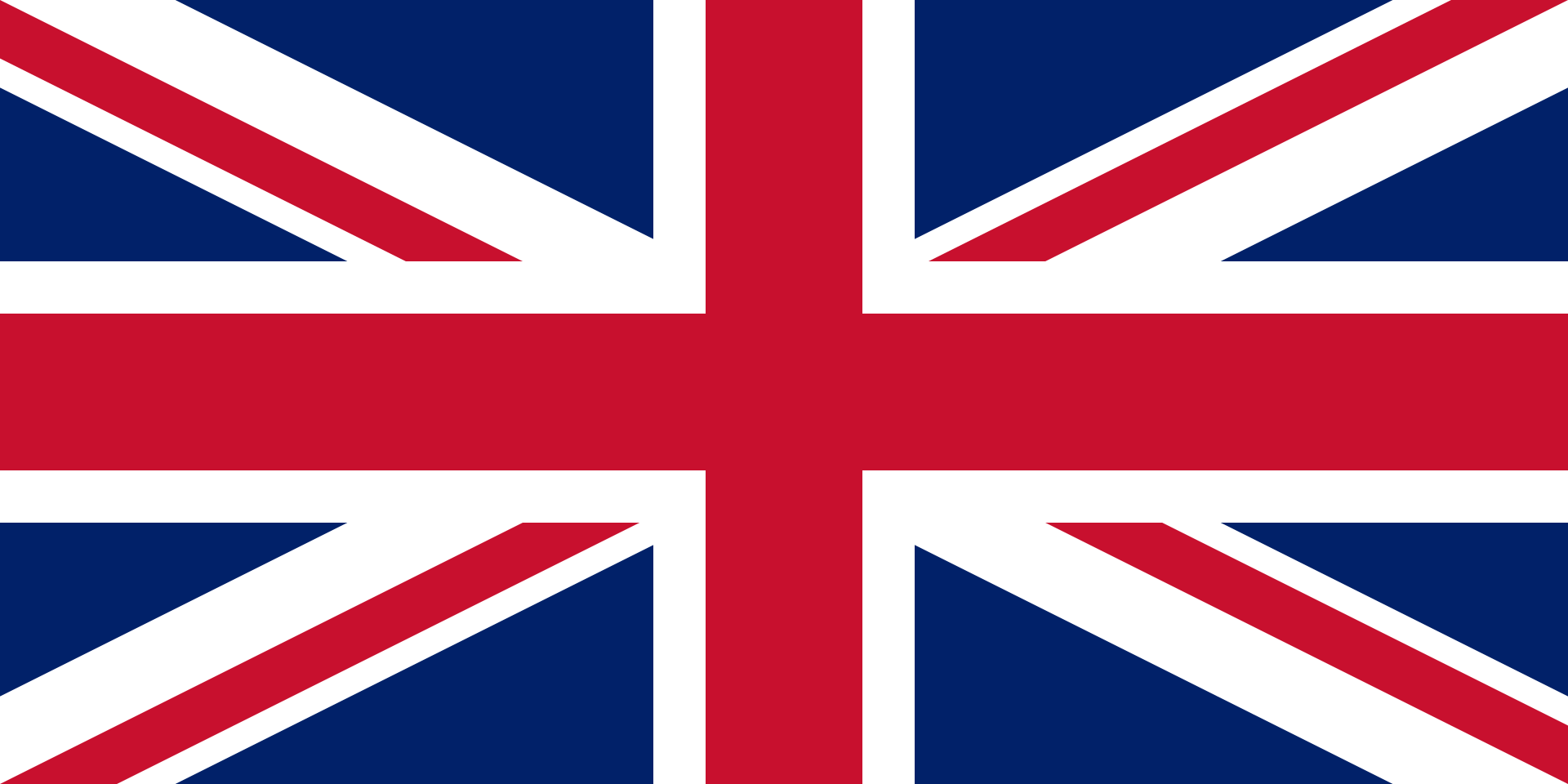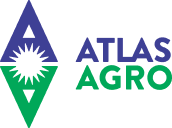The CAMPFIRE consortium is exploring the feasibility of ammonia-powered cruise liners on the Baltic Sea. Project partners Rostock Port, Yara, DNV and Carnival Maritime discussed progress to date at a recent Maritime Ammonia Insights webinar, including promising logistics, infrastructure & safety findings.
Europe
Safety and the marine ammonia engine
Explore the critical topic of engine room safety, and what design considerations would be needed on a future, ammonia-fueled vessel. What learnings can we apply from running prototype engines? What lessons can be learned from current ammonia-handling industries like refrigeration? And what training will be needed to build confidence in seafarers?
Maritime developments: on-water cracking, AiPs and Singapore bunker study releases first results
In maritime ammonia updates this week:
- In Europe, government funding will support the development of an ammonia cracking system that can be installed on existing LNG vessels (Norway), and the establishment of a floating production and storage facility connected to an offshore wind farm (Netherlands).
- Two AiPs have been granted: one for Korea’s first ammonia FSRU vessel, the other for a bunkering tanker in Singapore.
- H2Carrier and Trelleborg will develop a ship-to-ship ammonia transfer system.
- And GCMD has unveiled the results of their Singaporean ammonia bunker study. All risks identified for conducting pilot projects were found to be low or mitigable, with work towards those pilots to continue.
Flexible ammonia synthesis: shifting the narrative around hydrogen storage
Flexible ammonia production technology is currently scaling up to meet the challenges of fluctuating electricity feedstock. The ability to ramp down plants to 5 - 10% of their nominal load will minimize the requirement for hydrogen storage buffers and reduce the overall cost of renewable ammonia production. The first demonstration-sized flexible ammonia plants are due to begin operations later this year.
UK government releases plans for low-carbon hydrogen certification scheme
The UK government has released a consultation paper outlining its current position on several certification dilemmas, as it works towards launching a fully functioning low-carbon hydrogen certification scheme before 2025. The paper grapples with challenging design choices including chain of custody and scheme participation while emphasising the importance of international collaboration and interoperability.

